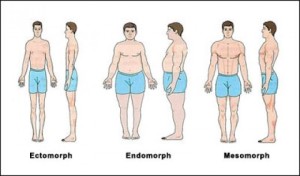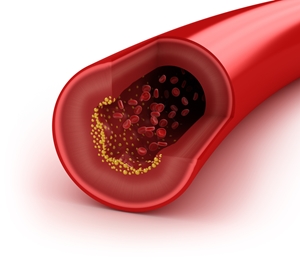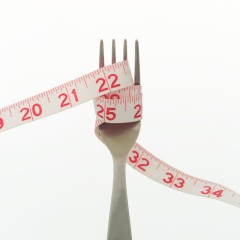There are three body types ectomorph, mesomorph, and endomorph. Each body type has a set of particular traits and will respond differently to different workout and diet plans. Not every person will fit exactly into one of the categories but will contain features of each, however one is usually predominant over the others.
Ectomorph:
Have a small build with lean muscle, small joints, and often have below average weight for their height. Usually referred to as the skinny person.
Common Characteristics:
- Low Body Fat
- Thin
- Fast Metabolism
- Small Joints
- Flat Chest
- “Hardgainer”
- Thin Legs and Arms
- Narrow Shoulders and Hips
Exercising Tips:
-
- Weight train
- Train with heavier weight in the 5-10 rep range
- Workouts should be short and intense
Dieting Tips:
- Eat 5-7 small meals a day
- Because ectomorphs have a very fast metabolism they need to eat a lot of calories in order to gain weight
Mesomorph:
The mesomorph is somewhere between the ectomorph and endomorph. They have a large bone structure, large muscles and typically find it east to gain and lose weight. Physically they have the more ‘desirable’ body type.
Common Characteristics:
- Road shoulders and narrow waist (V-tapered)
- Muscular body with strong forearms and thighs
- Low body fat
- Puts muscle on easily
- Burns fat easily
- eats in moderation
- well defined muscles
Exercise Tips:
- Mesomorphs respond best to weight training
- Stay within the 8-12 rep range
- Cardio can be used to help stay lean
Dieting Tips:
- Maintain your protein intake to at least 0.8 gram of protein per pound of body weight
- For energy your carbohydrate intake should be about 40-60% of your diet (Choose healthy foods like brown rice, oatmeal, and whole grain)
- Eat your normal 3 meals a day
Endomorph:
The endomorph is the exact opposite of the ectomorph. They have more fat build up and find it hard to lose it, despite trying different diets and training programs to lose it. They have little muscle definition and have a larger appearance.
Common Characteristics:
- Larger frame
- Fat build up
- Difficulty losing weight
- Bigger appetite
- Wide bone structure
Exercise Tips:
- Do more cardio to lean out
- Weight lifting to build muscle
- Compound lifts are great for burning more calories
- Stay in the 10-15 rep range
- Keep workout intensity high
Dieting Tips:
- Count your daily calories
- Portion your meals proportionately
- Eat a lot of vegetables to help keep you full
- Drink lots of water to help keep you full
- Avoid processed food
- Eat slower
Here are some some great foods to help get you started:
Why Hawaii Slim is right for you?
Proteins: Fish (salmon, tuna), Chicken, turkey, beans (lentil, black beans), eggs, nuts, tofu
Carbohydrates: White rice, brown rice, oatmeal, oat bran




